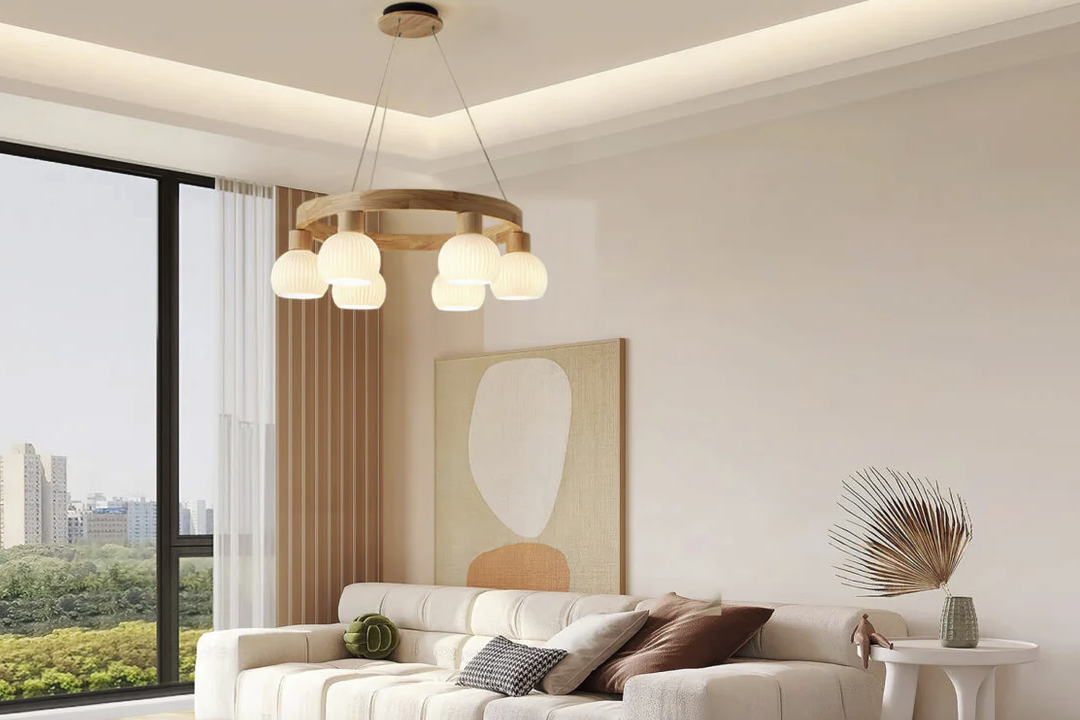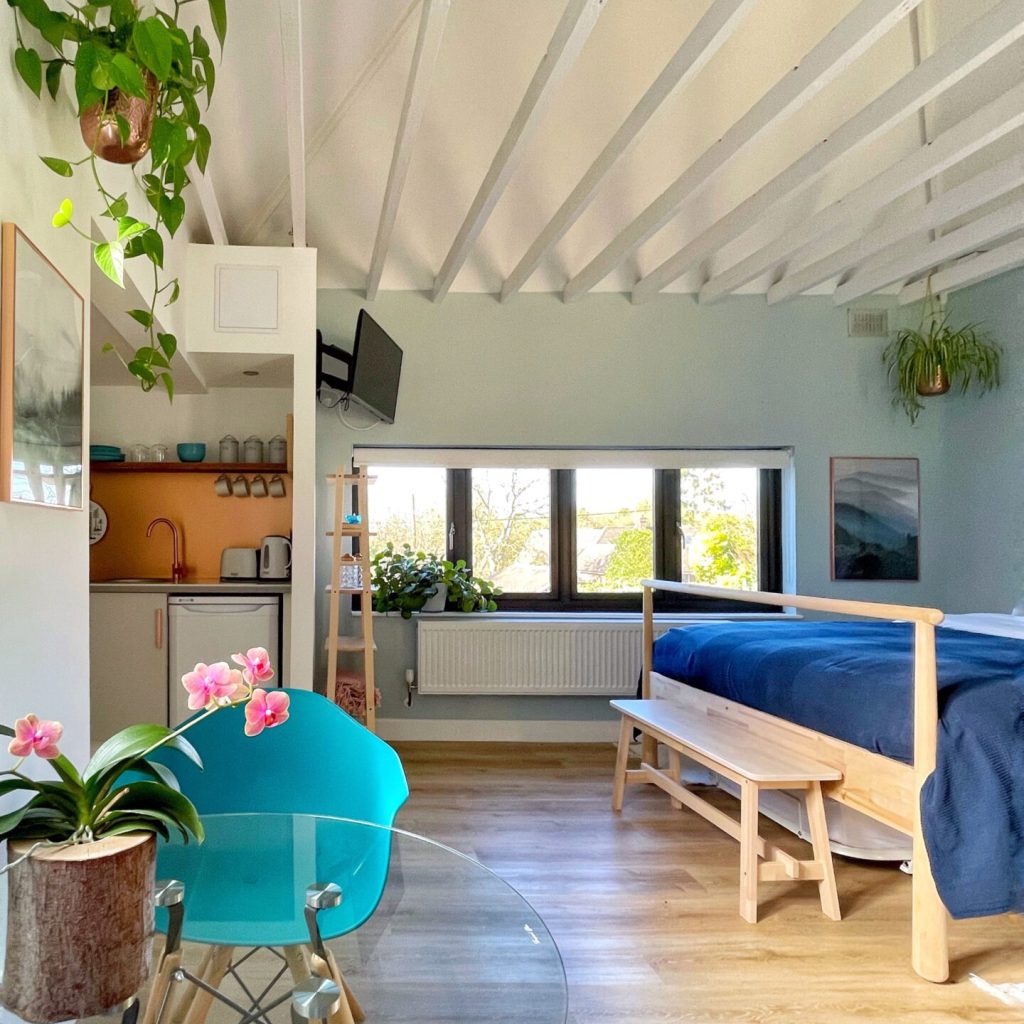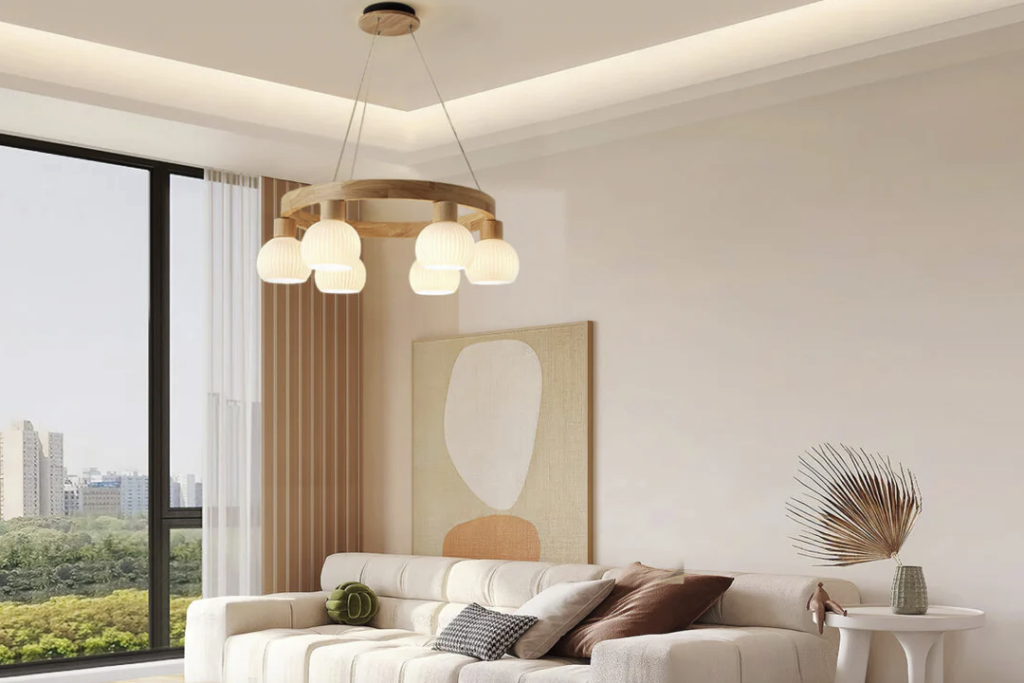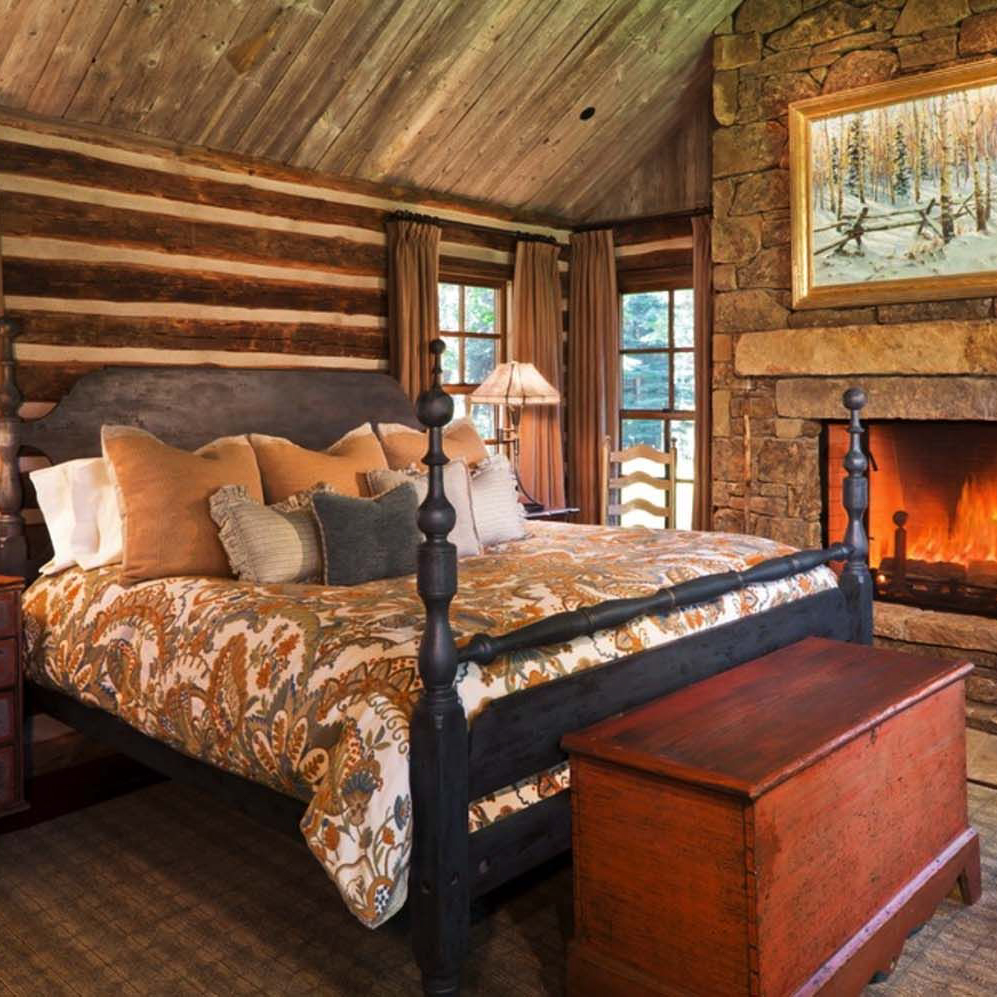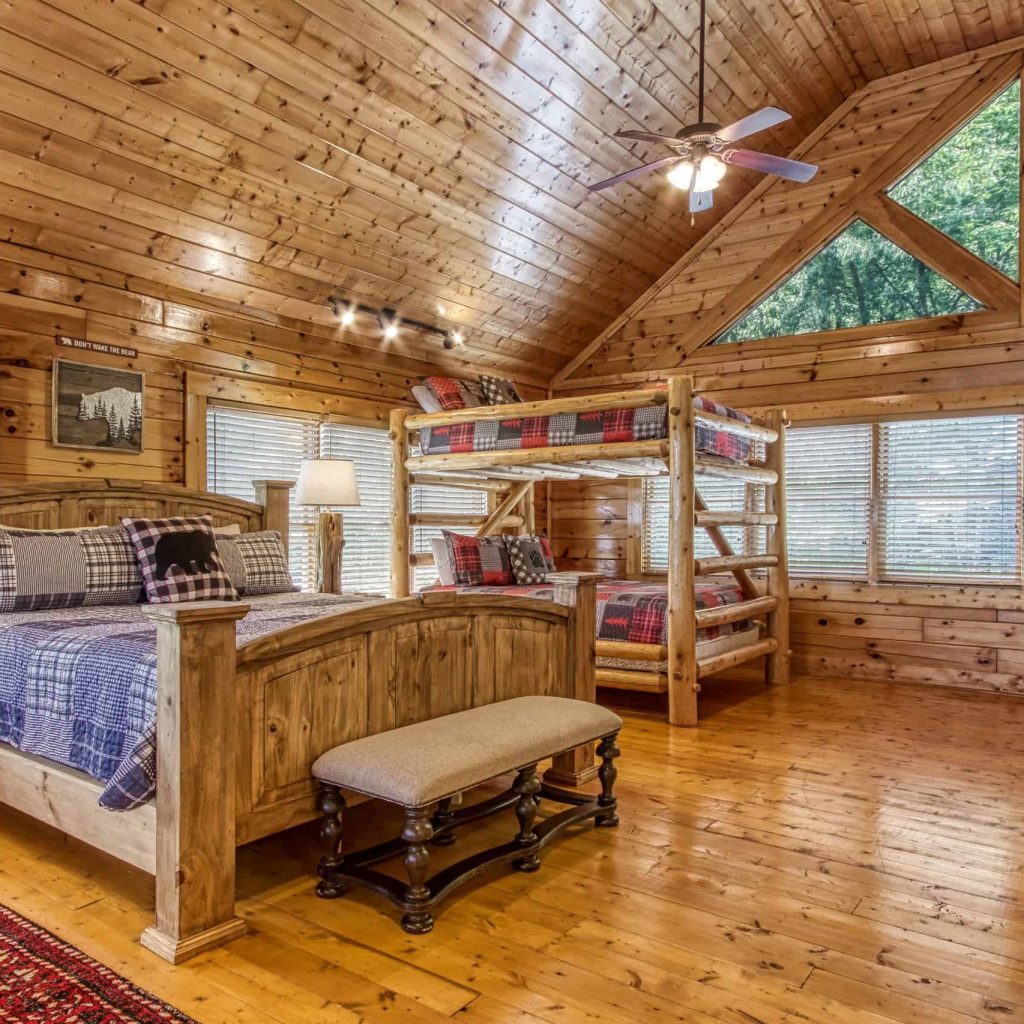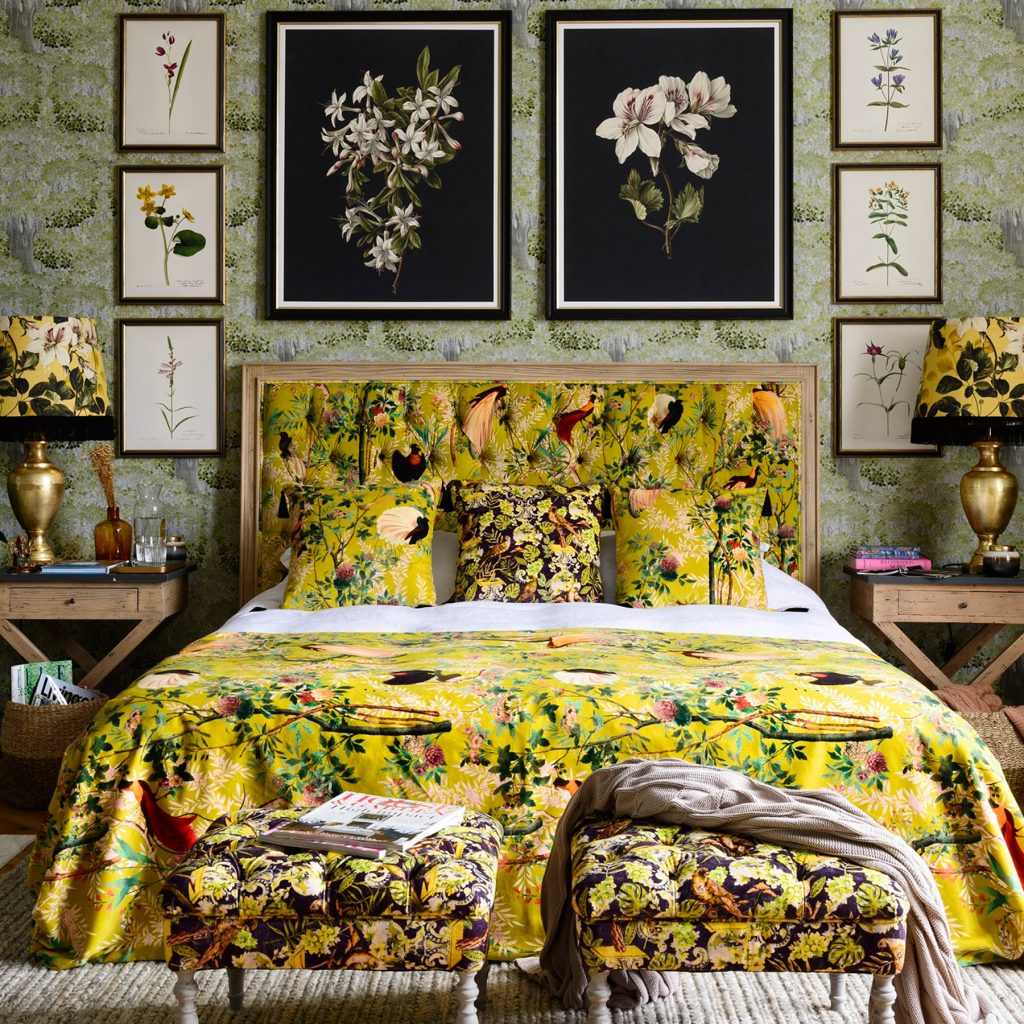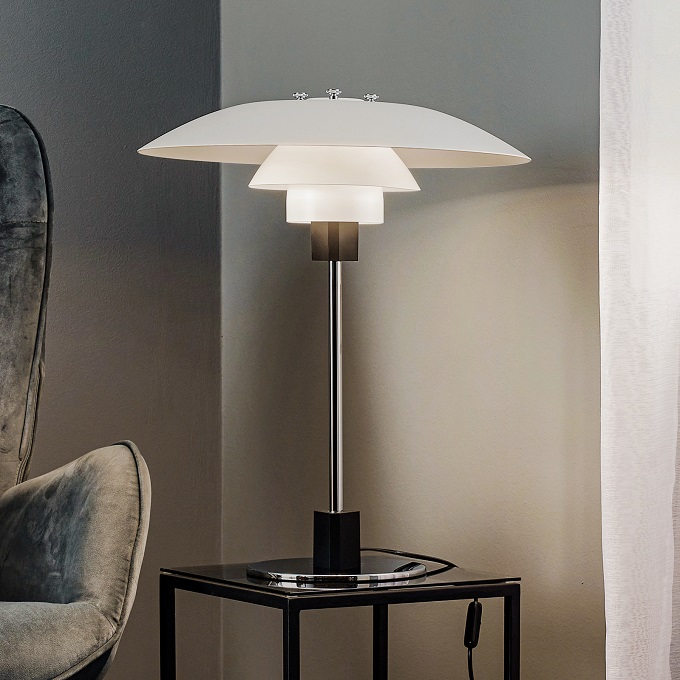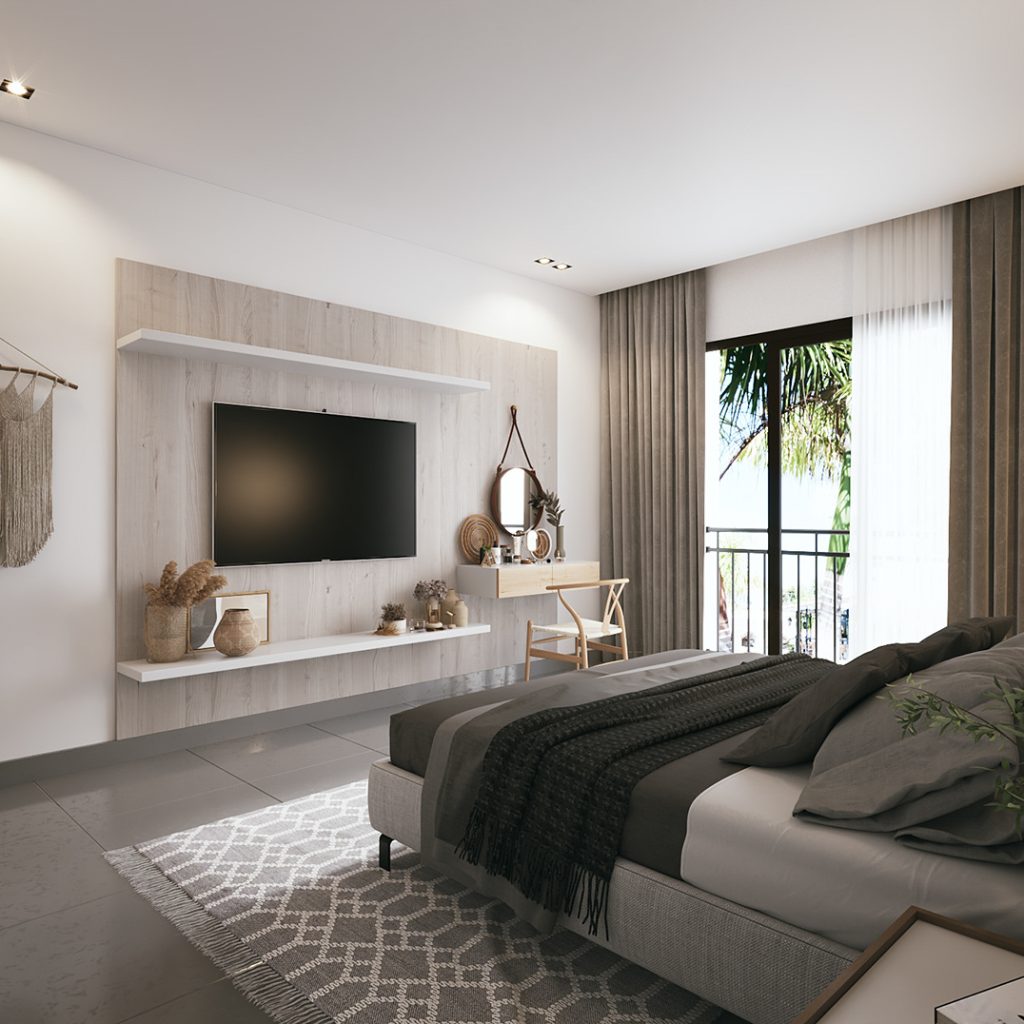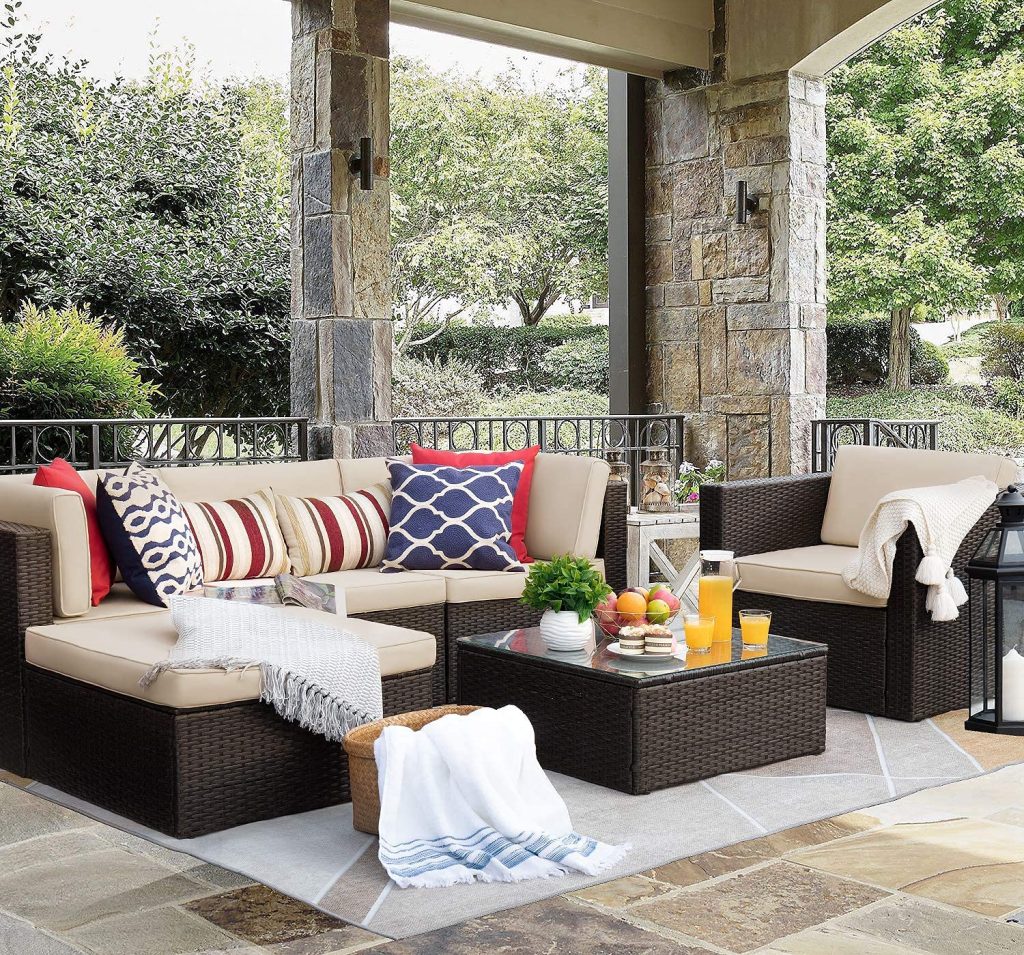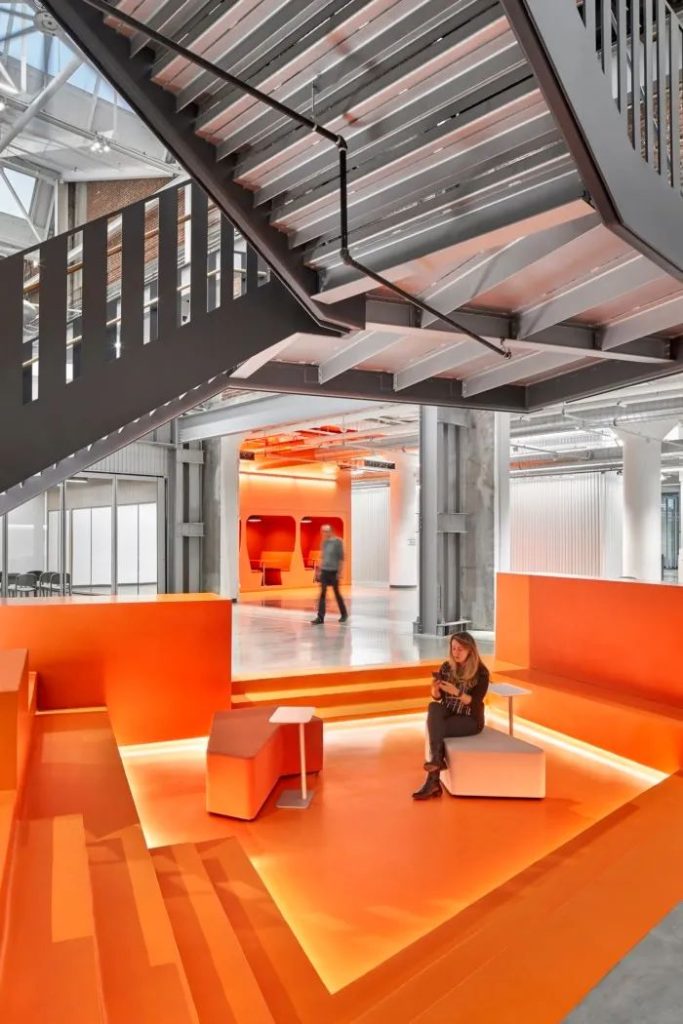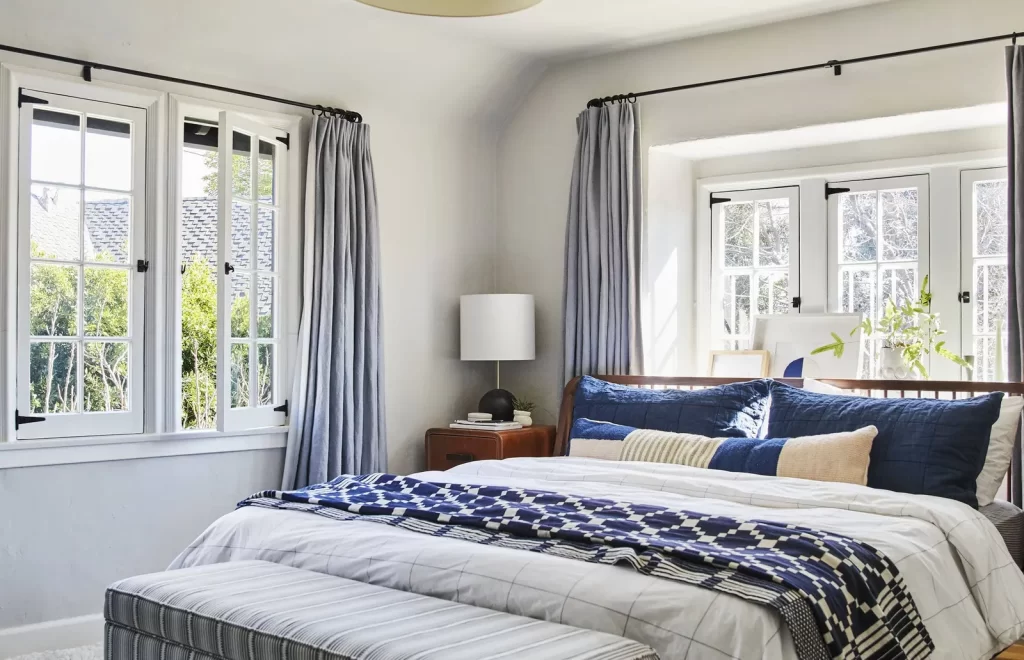Lighting is a fundamental element in interior design that transcends mere functionality; it shapes the atmosphere, enhances the aesthetic appeal, and influences the mood of a space. The right lighting can transform a room from dull to dynamic, highlighting architectural features and artwork while creating a warm and inviting environment. It serves not only to illuminate but also to define spaces, guiding the eye and establishing focal points.
For instance, a well-placed pendant light can draw attention to a dining area, while strategically positioned wall sconces can create a cozy reading nook. Moreover, lighting plays a crucial role in the psychological impact of a space. Studies have shown that natural light can boost mood and productivity, while dim lighting can foster relaxation and intimacy.
In commercial settings, effective lighting design can enhance customer experience, influencing their behavior and perceptions of a brand. Therefore, understanding the importance of lighting in interior design is essential for creating spaces that are not only visually appealing but also functional and conducive to the intended activities within them.
Types of Interior Design Lamps
When it comes to interior design lamps, there is an extensive variety to choose from, each serving different purposes and contributing uniquely to the overall aesthetic of a room. Table lamps are among the most versatile options, providing localized lighting that can enhance both functionality and style. They come in various designs, from minimalist to ornate, allowing them to fit seamlessly into any decor theme.
For example, a sleek, modern table lamp can complement a contemporary living room, while a vintage-inspired lamp might add character to a rustic space. Floor lamps are another popular choice, often used to illuminate larger areas or to create dramatic lighting effects. They can serve as statement pieces in a room, with designs ranging from industrial to bohemian.
Arc floor lamps, for instance, can provide overhead lighting without the need for ceiling fixtures, making them ideal for cozy corners or reading areas. Additionally, wall-mounted lamps such as sconces offer an elegant solution for saving space while providing ambient or task lighting. These fixtures can be used to highlight artwork or architectural details, adding depth and interest to walls.
Choosing the Right Lamp for Your Space
Selecting the appropriate lamp for a specific area involves considering several factors, including the size of the room, the existing decor, and the intended use of the space. A common mistake is choosing lamps Gonofor that are either too large or too small for their intended location. For instance, in a spacious living room with high ceilings, a small lamp may get lost among larger furniture pieces and fail to provide adequate illumination.
Conversely, an oversized lamp in a compact bedroom can overwhelm the space and create an unbalanced look. Another critical aspect is the lamp’s style and finish. A lamp should harmonize with the overall design theme of the room.
For example, in a mid-century modern setting, a lamp with clean lines and warm wood tones would be more appropriate than an ornate baroque piece. Additionally, consider the type of light bulb used in the lamp; LED bulbs offer energy efficiency and longevity, while incandescent bulbs provide a warm glow that can enhance comfort. Ultimately, the right lamp should not only fulfill its functional role but also contribute positively to the room’s aesthetic.
Incorporating Lamps into Your Design Aesthetic
Incorporating lamps into your design aesthetic requires a thoughtful approach that considers both placement and style. One effective strategy is to use lamps as accent pieces that complement other elements in the room. For example, if your decor features bold colors or patterns, selecting lamps with neutral shades can help balance the visual weight while still providing necessary illumination.
Alternatively, if your space is more subdued, a brightly colored or uniquely shaped lamp can serve as a focal point that adds interest. Layering light is another essential technique in interior design that involves using multiple light sources at different levels to create depth and dimension. This can be achieved by combining floor lamps with table lamps and overhead fixtures.
For instance, in a living room setting, you might use a combination of a stylish floor lamp next to a sofa for reading light and decorative table lamps on side tables to create an inviting ambiance. This layered approach not only enhances functionality but also enriches the overall aesthetic by creating visual variety.
Utilizing Lamps for Function and Style
Lamps serve dual purposes: they provide essential lighting while also acting as decorative elements within a space. Understanding how to balance these functions is key to effective interior design. For example, in a home office setting, task lighting is crucial for productivity; therefore, selecting an adjustable desk lamp that offers focused illumination is vital.
However, this lamp can also be chosen for its design—perhaps opting for one with an artistic flair that reflects personal style or complements existing decor. In living areas or bedrooms, ambient lighting from lamps can create a warm and inviting atmosphere conducive to relaxation or socializing. Choosing lamps with dimmable features allows for flexibility in adjusting brightness levels according to different activities or times of day.
Additionally, incorporating decorative elements such as patterned lampshades or unique bases can enhance the overall style of the room while ensuring that functionality remains intact. This balance between form and function is what elevates interior design from mere decoration to an art form.
Trends in Interior Design Lamps
The world of interior design is ever-evolving, with trends in lamp design reflecting broader shifts in aesthetics and technology. One notable trend is the rise of sustainable materials in lamp production. Designers are increasingly opting for eco-friendly options such as bamboo, recycled metals, and organic fabrics for lampshades.
This shift not only caters to environmentally conscious consumers but also adds a unique texture and warmth to spaces. Another trend gaining traction is the use of smart lighting technology in lamps. Smart lamps equipped with features such as adjustable color temperatures and remote control capabilities allow users to customize their lighting experience effortlessly.
This technology aligns with modern lifestyles where convenience and adaptability are paramount. Additionally, minimalist designs featuring clean lines and geometric shapes continue to dominate the market, appealing to those who favor simplicity and elegance in their interiors.
DIY Lamp Projects for a Personal Touch
For those looking to add a personal touch to their interior spaces, DIY lamp projects offer an exciting opportunity for creativity and customization. One popular project involves repurposing vintage items into unique lamps. For instance, an old suitcase can be transformed into a quirky bedside lamp by adding a simple light fixture inside it.
This not only creates an eye-catching piece but also tells a story about the item’s history. Another engaging DIY project is creating custom lampshades using fabric or paper that reflects personal style or complements existing decor. By selecting materials that resonate with your aesthetic—such as bold patterns or soft textures—you can craft shades that enhance the overall look of your space while providing functional lighting.
Additionally, painting or staining lamp bases can breathe new life into outdated fixtures, allowing you to tailor them specifically to your design vision.
Maintaining and Caring for Your Interior Design Lamps
Proper maintenance and care are essential for preserving the beauty and functionality of interior design lamps over time. Regular dusting is crucial; accumulated dust can dull finishes and affect light quality. Using a soft cloth or microfiber duster helps maintain clarity without scratching surfaces.
For lampshades made from fabric or paper, gentle vacuuming with an upholstery attachment can remove dust without damaging delicate materials. Additionally, checking electrical components periodically ensures safety and functionality. Replacing burnt-out bulbs promptly not only maintains illumination but also prevents potential damage from overheating fixtures.
If your lamp has intricate designs or finishes, consider using specialized cleaning products designed for specific materials—such as brass polish for metal bases or gentle soap solutions for glass components—to keep them looking their best. By investing time in maintenance, you ensure that your lamps continue to enhance your interior spaces beautifully for years to come.


